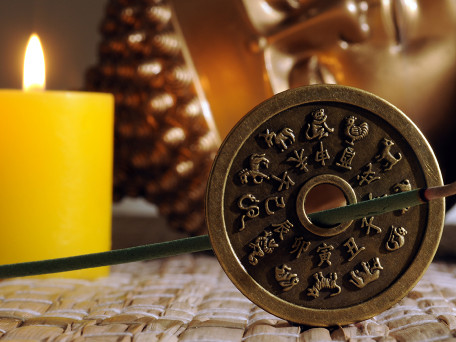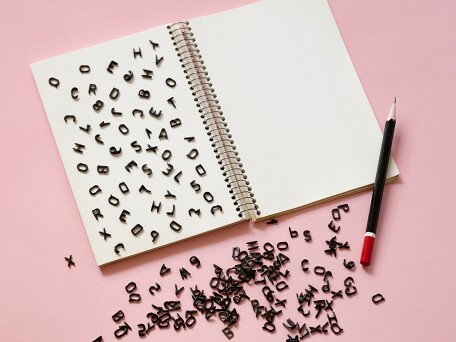Power of Texts: Inscriptions on Ritual Objects of the Han Period (206 BCE−220 CE)
- 项目计划:
- 优配研究金
- 项目年份:
- 2023/24
- 项目负责人:
- 林巧羚博士

An extensive survey of archaeological reports, collections and archives in different museums and institutes will develop a comprehensive database of the relevant objects and text records to lay a foundation for the study.
Texts and images are commonly found on ancient ritual objects. These ritual objects, whether made of bronze, jade, lacquer, ceramic, or textile, frequently bear decorative motifs or pictorial images on the surface. Inscriptions or texts are somewhat less prevalent. Apart from the inscriptions on bronzes of the Western Zhou and Eastern Zhou periods, texts or words on ancient ritual objects tend to be subordinate to the images, or are there to provide information related to their manufacture. Interestingly though, during the Eastern Han period, some inscriptions or texts on a wide range of ritual objects appeared as separate motifs, or took on a more important role by being placed in a central position on the objects. The project aims to look into the under-researched aspect of these changes of function of texts on ritual objects during the Han times. An extensive survey of archaeological reports, collections and archives in different museums and institutes will develop a comprehensive database of the relevant objects and text records to lay a foundation for the study. In addition, this research will also carefully study the content and the way the texts are displayed on different types of ritual object of the Han period. It will also investigate the provenance of the texts by comparing them with different common textual materials of the same period. By studying archaeological material and historical texts, and adopting the interdisciplinary approach of art historical stylistic analyses and contextual material studies, this research will examine how the role of texts on ritual objects developed, and the changes in the relationship between texts and images on these objects during the Han era, particularly in the burial context. Furthermore, the factors driving the changes will be explored. This may provide insight into the contemporaneous belief in the afterlife, as well as perceptions of immortality.







